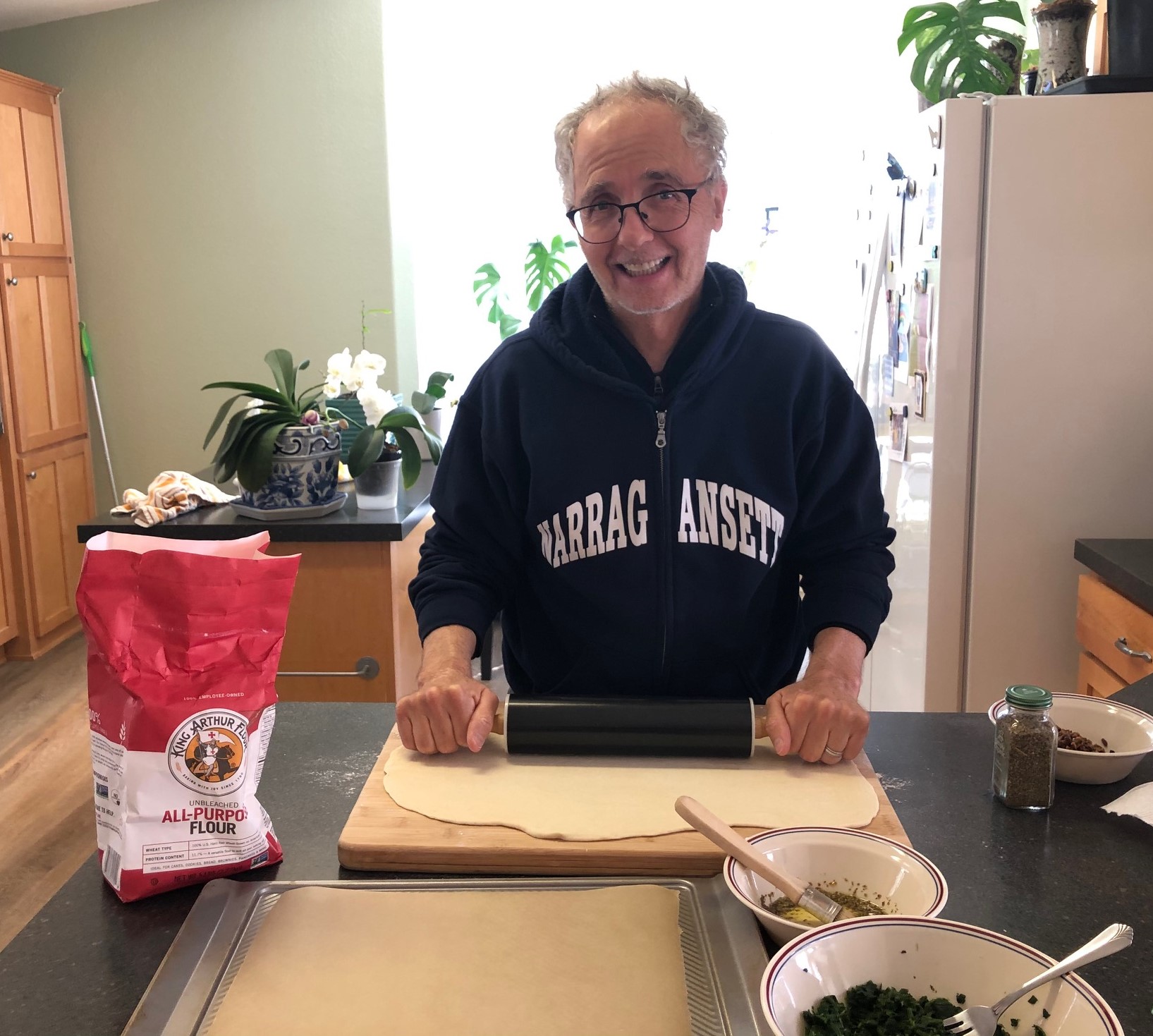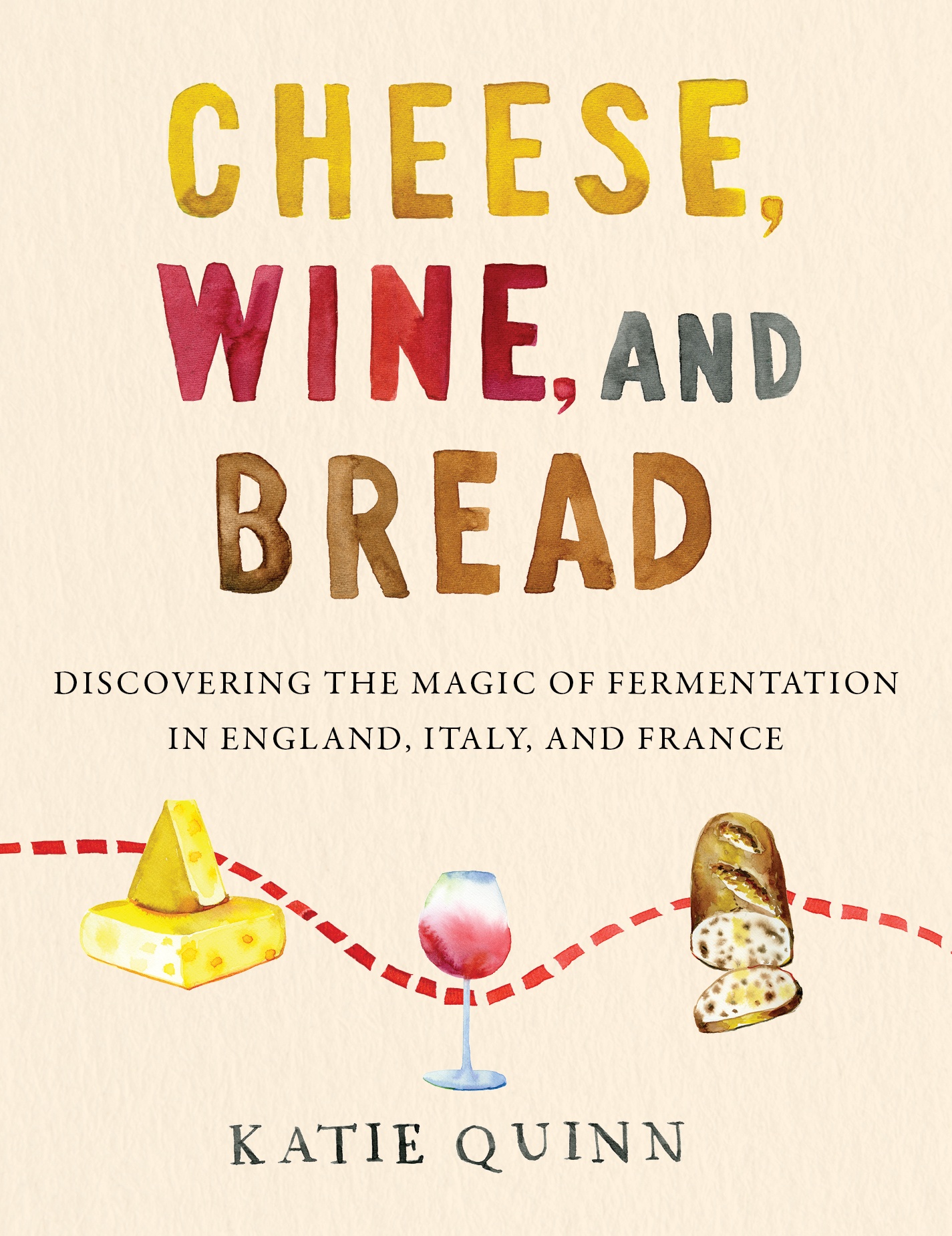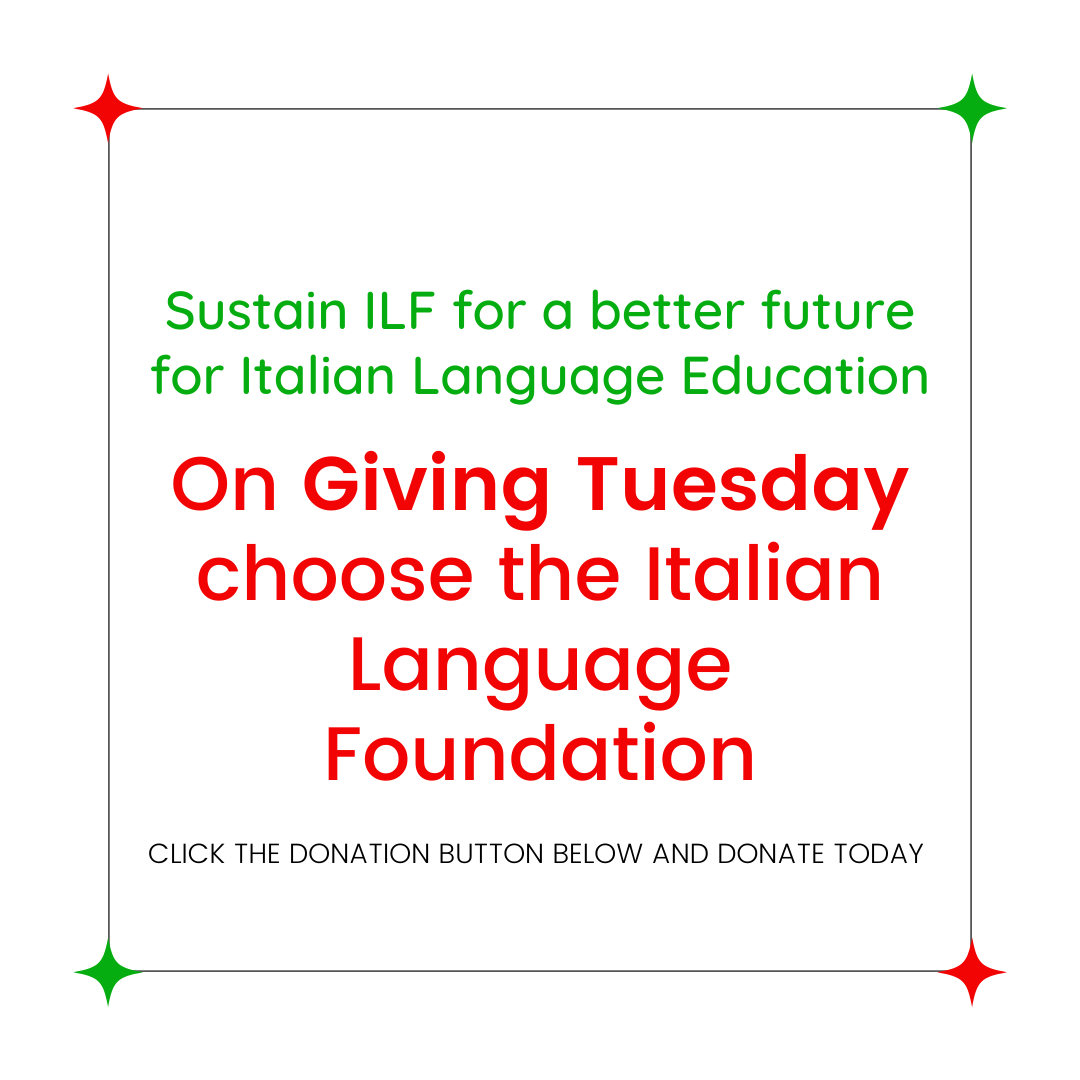
Author of over thirty traditionally-published books for young readers, Margo Sorenson spent the first seven years of her life in Spain and Italy, devouring books and Italian food and still speaks (or tries!) her childhood languages. Her most recent Adult/Young Adult novel, SECRETS IN TRANSLATION (Fitzroy Books, October 2018), takes place in Positano, with heroine Alessandra, whose being able to speak Italian helps her to feel at home in Italy, once again—and solve a mystery that threatens those she loves. For more information on ordering these and Margo's other books, please visit www.margosorenson.com
Growing up speaking Italian, having spent my early childhood in Italy, has proven to be a strong influence and a link to “home” for me. Precious memories at Christmastime surge to the fore, when I unpack the presepio to display in our home every year.

Composed of figurines bought in Napoli (the cradle of the most beautiful presepi, as you may know) where I lived for a year as a child, the nativity scene takes me right back to my childhood. Especially precious is the zampognaro, the shepherd, playing the bagpipes. I like to imagine that he is playing “Tu Scendi dalle Stelle“—“You Descend from the Stars,”one of my favorite Italian Christmas carols. Also, on our tree, is the Barese version of San Nicola, Saint Nicholas in a gold coat, a tribute to Bari, where I also lived for three years.
Although it is ancient and crumbling, the presepio is treasured, because all over the world, people who love Italia are putting up their own scenes, remembering the stories associated with each figurine. It is a precious link to an ancient tradition, connecting all of us who love la bella Italia, and celebrate Christmas together, in spirit, though we are kilometers and miles apart. Buon Natale!







 Written by Clara Vedovelli, a graduating student in Language Education from the Ca’ Foscari University of Venice. She received her bachelor’s degree from the University of Bologna in foreign languages and literatures. During her masters, she collaborated with the Ca’ Foscari School for International Education and she interned at the Pedagogical University of Cracow as a tutor of Italian. Clara is aspiring to gain hands-on experience in a professional environment outside the classroom, and she is focusing on creating active engagement on the ILF’s social media platforms. Being born in the Italian Alps, Clara enjoys hiking and spending time in nature.
Written by Clara Vedovelli, a graduating student in Language Education from the Ca’ Foscari University of Venice. She received her bachelor’s degree from the University of Bologna in foreign languages and literatures. During her masters, she collaborated with the Ca’ Foscari School for International Education and she interned at the Pedagogical University of Cracow as a tutor of Italian. Clara is aspiring to gain hands-on experience in a professional environment outside the classroom, and she is focusing on creating active engagement on the ILF’s social media platforms. Being born in the Italian Alps, Clara enjoys hiking and spending time in nature.


